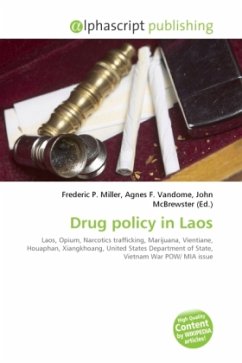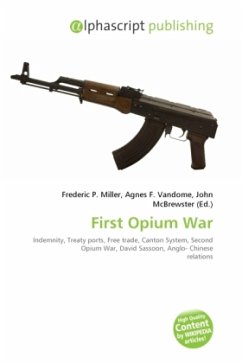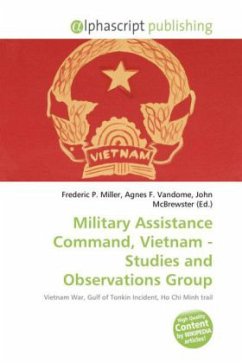As of 1994, Laos was the world's third largest producer of opium, primarily in the northern provinces. Narcotics trafficking in Laos is difficult to control because of the remoteness of many border areas, their attendant lack of communications, and the scarcity of resources, all of which make stationing officials at many of the border crossings difficult. However, several counternarcotics policy initiatives have been undertaken. During the late 1980s, narcotics control became an important United States concern, because Laos is a major producer of opium and marijuana. In 1987 Laos began to cooperate with the United States in drug control efforts when it requested assistance in providing a viable crop alternative to opium farmers. Increased efforts on counternarcotics cooperation have been evident since January 1990 when a memorandum of understanding on the Bilateral Cooperation of Narcotics Issues was signed. This agreement focused on ways for the United States to provide antinarcotics programs. The United States provided narcotics-related training to a number of Laotian officials in June 1990 and again in August 1991.
Bitte wählen Sie Ihr Anliegen aus.
Rechnungen
Retourenschein anfordern
Bestellstatus
Storno








